Should you winterize your roses? Experts advise on this cold weather dilemma
These expert suggestions for winterizing roses will maximize your chances of success to keep them blooming next summer and beyond

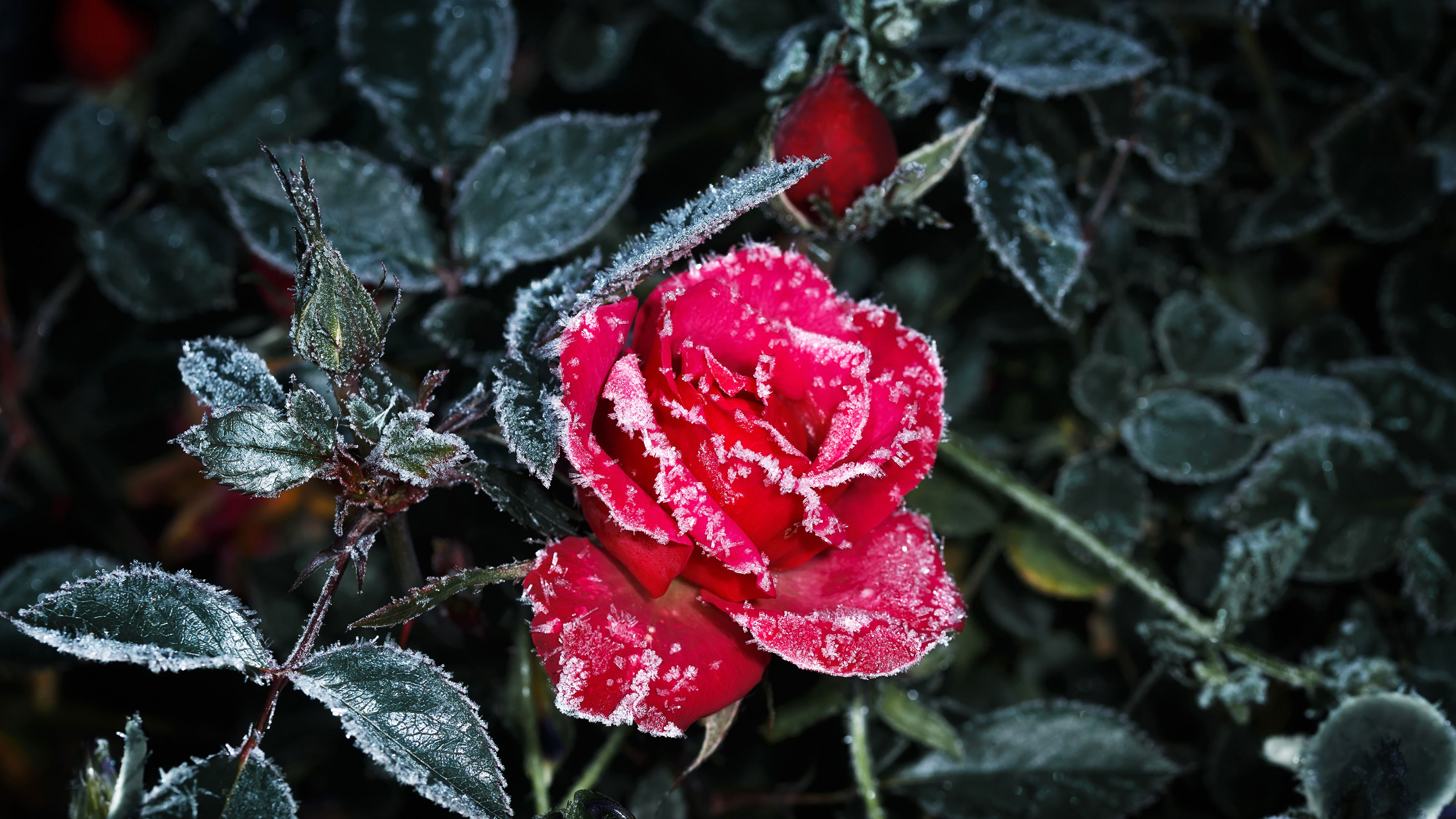

When it comes to winterizing roses the first thing you need to think about is how hardy your particular specimen of rose is and whether or not your plants are in the ground or potted up in containers. This is because there are different ways of winterizing roses according to what type they are and how they're planted.
It stands to reason that roses that are more cold hardy will survive better and require less protection than more delicate varieties. It's also worth remembering that plants in pots tend to freeze more easily than those planted in the ground as they are more exposed.
When growing roses, the greatest risk during winter is not actually freezing but drying out from lack of water. So make sure you're au fait with general care tips before you get down to the business of winterizing roses and you'll be in a good place to see yours through the chilly season.
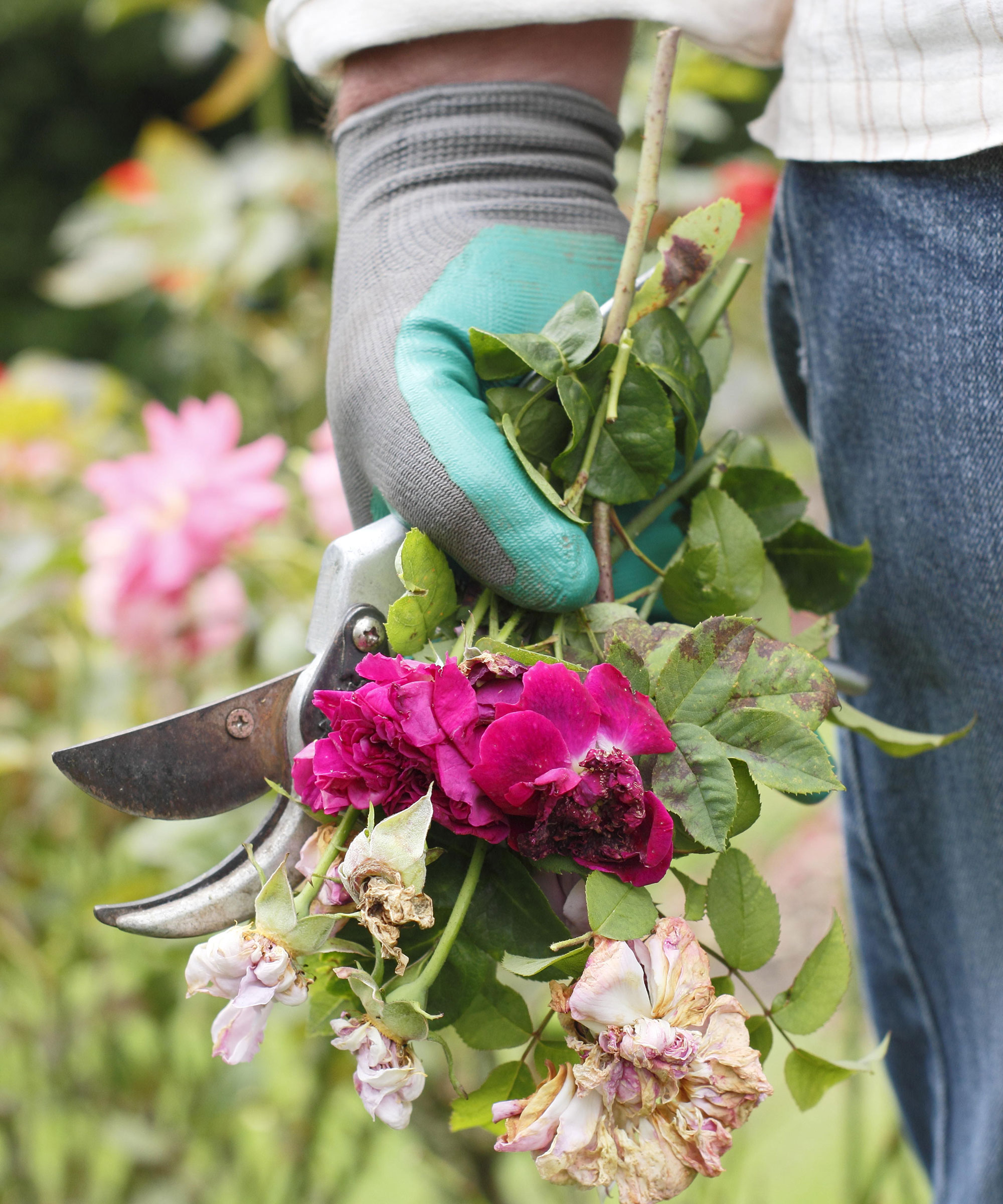
Expert tips for winterizing roses successfully
The first tip for winterizing roses is actually figuring out if you even need to. This very much depends on your climate. 'If you live in a USDA Hardiness Zone 5 or below, you must winterize your roses because these beautiful plants won't survive the harsh frosts, explains Emma Loker of DIY Garden. 'If you only have native, wild, or extra-hardy types of roses in your garden, however, they'll be A-OK over winter.'
The advice is get to know your rose. 'It's important to know that different rose varieties have different cold-hardiness levels,' says arborist John Dave from Agrofever. 'Some varieties can tolerate colder temperatures than others. If you're not sure how cold-hardy your roses are, ask your local nursery or gardening center.'

Winterizing roses planted in the ground
- Let rose hips form on your roses in fall as these will offer natural protection for bushes. If you snip them off when you're pruning this may result in new growth becoming blackened during a cold snap.
- If temperatures are threatening to dip protect the base of your rose garden bushes with a good layer of mulch, compost or fresh soil. Then pile bark chips or dry leaves on top of the mulch. 'This will help keep the soil around them warm and insulated,' says Kami Turky, CEO of Solar Energy Hackers. 'You can also give them a good watering before winter sets in to help them get through the colder months.'
- Trim back any overlong stems to prevent them snapping off in high winds. 'Trim them back by about one-third,' says Kami. 'This will help reduce the amount of moisture they lose in the cold, and it will also help keep them more compact so they're better able to withstand the wind.'
- Once spring arrives remove any dead branches and free up the base of the rose bushes by spreading the compost and mulch around.

If you live in a particularly cold region and winter temperatures are expected to drop below freezing on a regular basis, you can also take this extra step to protect your roses.
'Put a durable mesh enclosure around the rose and fill it with chopped leaves, compost, mulch, dry wood chips, pine needles or straw,' suggests Jean Bloom of Gardening FAQs.

Winterizing roses planted in pots
If you've planted roses in pots, there are three different ways for winterizing them, depending on the size of rose in your garden planter and your location. Pick the right method to suit your space and rose type.
1. Overwinter roses in pots indoors
Simply leave your roses outdoors in their pots until they have dropped their leaves and gone dormant, which usually happens after the first real freeze. Then remove any dead or dying leaves remaining on the bush and move them indoors to an unheated location that receives very little light.
An excellent place to move roses to is an unheated garage or tool shed,' suggests Jason Capote of the Manhattan Rose Society. 'The word “unheated” is important here. As most garages and sheds are in sheltered locations, most of the time they remain warm enough to prevent the plant from freezing.'
If the overwintering spot becomes too warm, however, the roses may break dormancy early, start growing and dry out. Make sure you keep watering your plants every couple of weeks so the soil doesn't dry out but be careful not to drench them either.
To help you transfer your roses indoors, you may want to consider use a wheeled garden cart or trolley to move them more easily.
2. Plant potted roses in the ground
This idea is easy to do and works well if you have smaller specimens of roses. Simply plant the pots in the ground, in the same way you would when winterizing hostas.
'By planting the pot in the ground, you are, in effect, planting the rose in the ground, but have the added advantage of being able to dig up your rose in spring when weather conditions permit,' says Jason Capote.
This method works well for roses in small pots on patios and decks, or for roses planted in hanging baskets, both of which are usually planted with miniature and mini-flora roses, says Jason.
If you have larger roses that are planted in bigger pots as part of your container gardening display this method obviously isn't so good as it's more difficult to bury them.
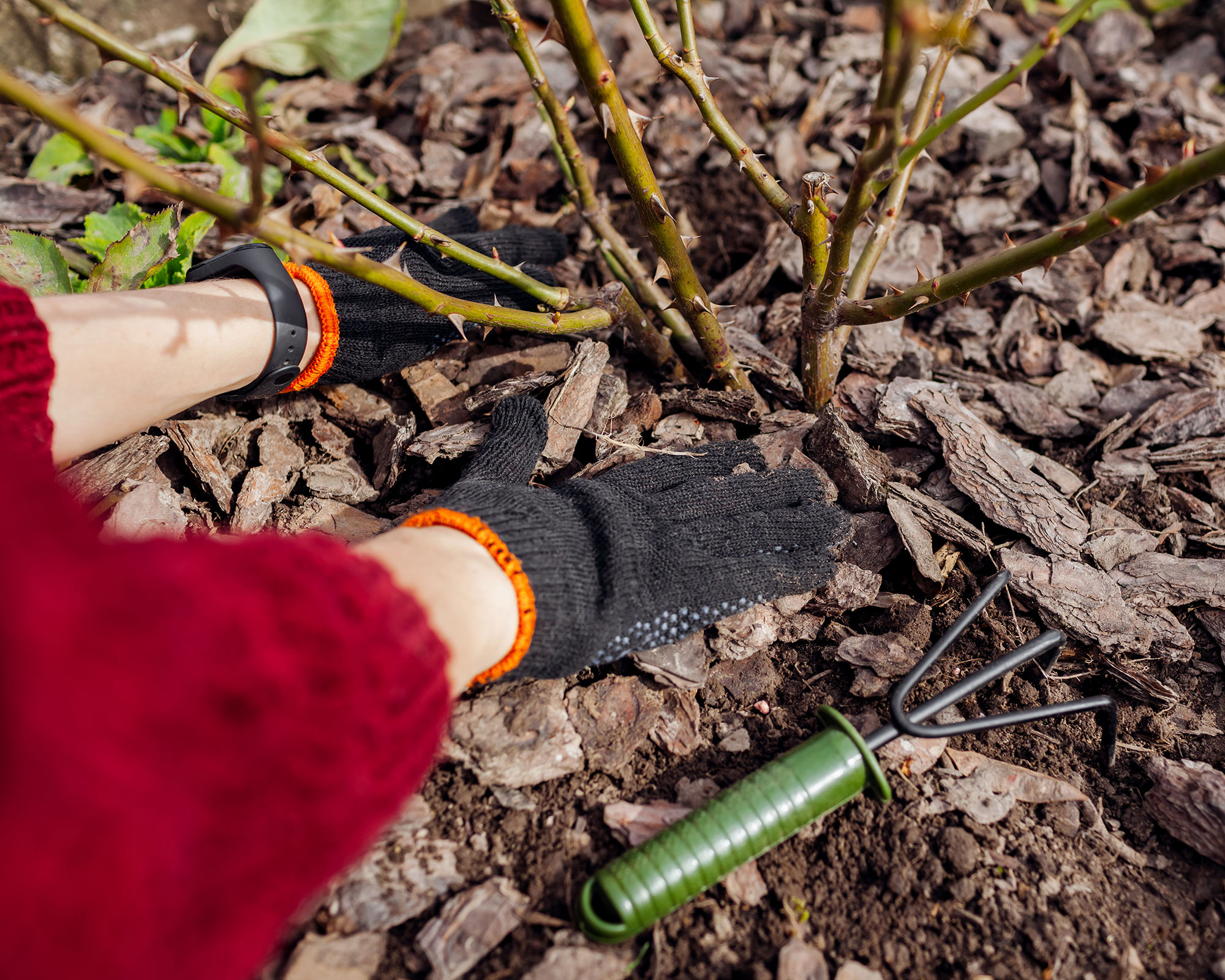
3. Move potted roses to a sheltered spot outdoors
Once roses planted in containers are dormant and you have removed any dead foliage, you can transfer them to a sheltered spot that's protected from the wind. This is a key winter garden job for all your plants in pots to help protect plants from frost. It's a good idea to position the pots against a house or garden wall or tuck them up on a deck. Place smaller pots or younger plants behind larger pots for added protection.
Always leave enough space in the pot to allow a layer of mulch or compost to be added for greater insulation from freezing and to protect against drying out. Insulate the pots by top dressing with a layer of mulch or compost, then wrap the pot in black plastic if you live in a cold climate. 'By having your pots wrapped in dark colored materials the pot defrosts at the same time as the plant allowing your plant to remain hydrated,' explains Jason Capote. Alternatively, invest in some inexpensive frost protection fabric (from Amazon) and wrap your plants using this.
Finally, wrap burlap around the rose stems to provide wind protection while still letting the roses breathe. If temperatures are warmer during the day, and it hasn’t rained in a week or so, remember to water your roses thoroughly.
As soon as the freezing weather is over move your roses to their usual spot.
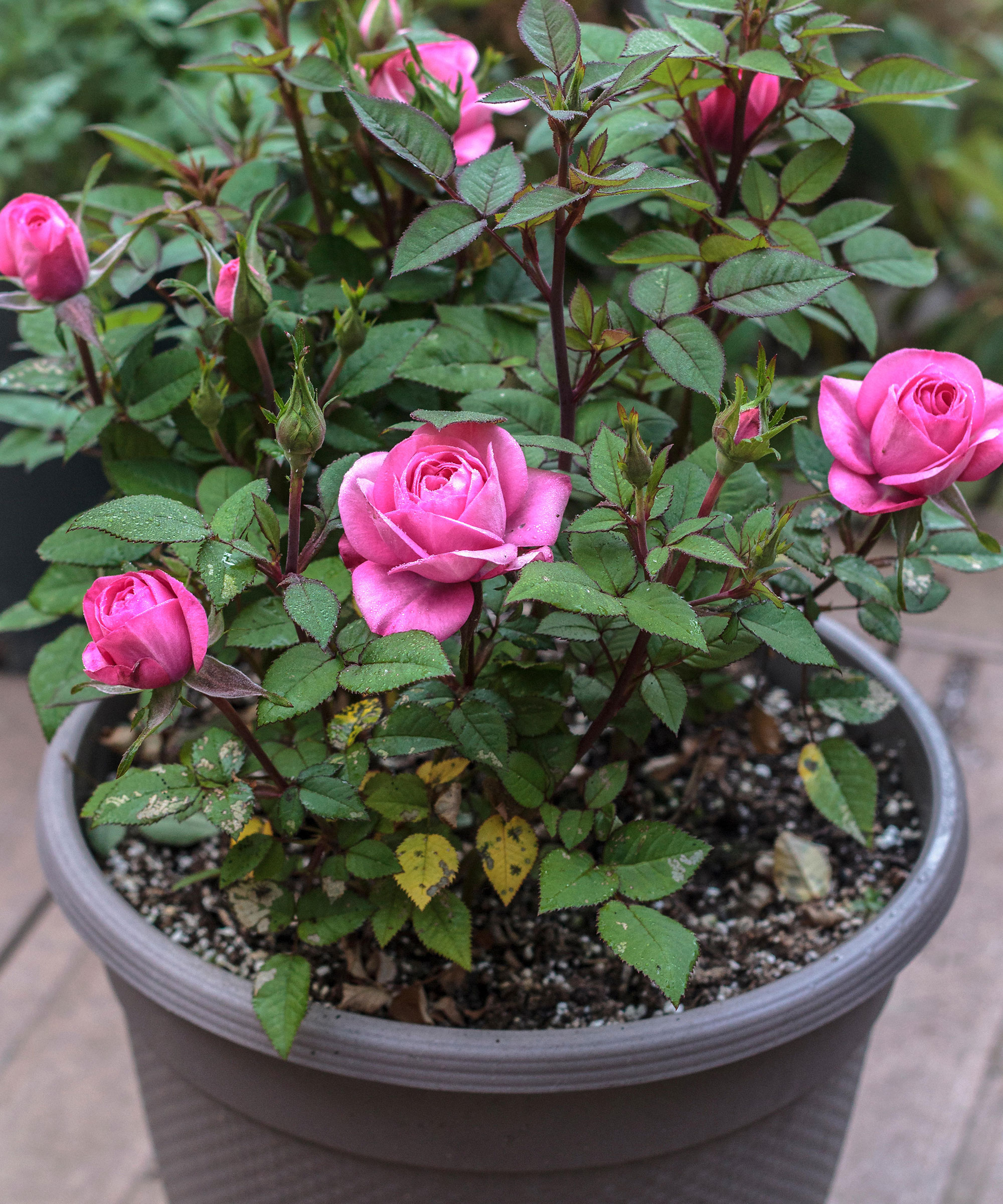
Should roses be cut back in the fall?
Prep for winterizing roses can begin in early fall. 'Stop fertilizing and deadheading your roses by Labor Day to allow the plant to rest and set seeds for winter interest,' says Laurice Constantine, founder of casadar.com. 'It's best not to cut or prune your roses at this time of year because the cuts will not have enough time to callus before winter.'
To protect their bushes from wind and snow damage, some gardeners do like to prune roses in the fall. Additionally, they take off the leaves since the weight of the snow on them can weaken the stems.
'Wait until after the first hard frost if you want to prune your roses in the fall (temperature below 25˚F overnight),' says Jean Bloom. 'Before the first harsh frost, pruning the roses can tell them to start growing again when they should be going dormant.
A good rose care tip is to never prune roses when the weather is very cold and frosty or snow is expected. This can lead to frost penetrating any pruning cuts and may cause the roses to die back.

Should you bury rose bushes in winter?
If you live in a climate where winter generally means very cold and icy winds, you can bury rose bushes in a trench to protect them.
'The Minnesota Tip (as its known) involves digging a trench for your roses, lacing them up with non-degradable twine, then oh-so-carefully leaning them over,' explains Emma Loker.
After the first frost, remove any remaining leaves, and cut the stems back to about a foot tall. Then to carry out the Minnesota Tip successfully, you'll need to be really careful when bending the rose stems. 'Ensure you remove soil from the plant's shank before attempting to do any leaning and loosen the surrounding dirt to give the plant some flexibility,' suggests Emma. 'Then, cover the whole plant with soil and give it a good ol' watering.'
Once spring arrives carefully uncover the rose and replant it.
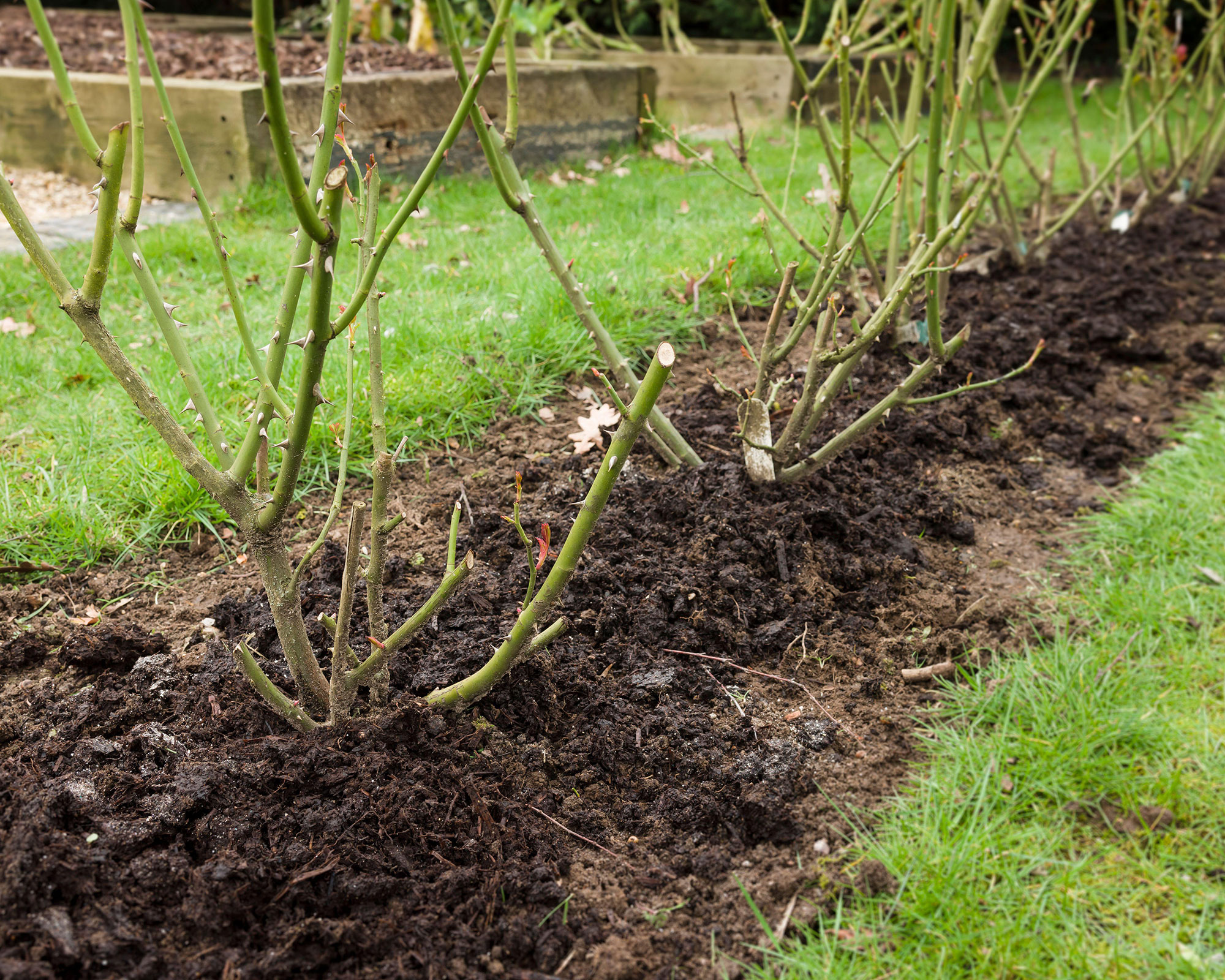

Lifestyle journalist Sarah Wilson has been writing about gardens since 2015. She's written for Gardeningetc.com, Livingetc, Homes & Gardens, Easy Gardens and Modern Gardens magazines. Having studied introductory garden and landscape design, she is currently putting the skills learned to good use in her own space where the dream is establishing a cutting garden.
